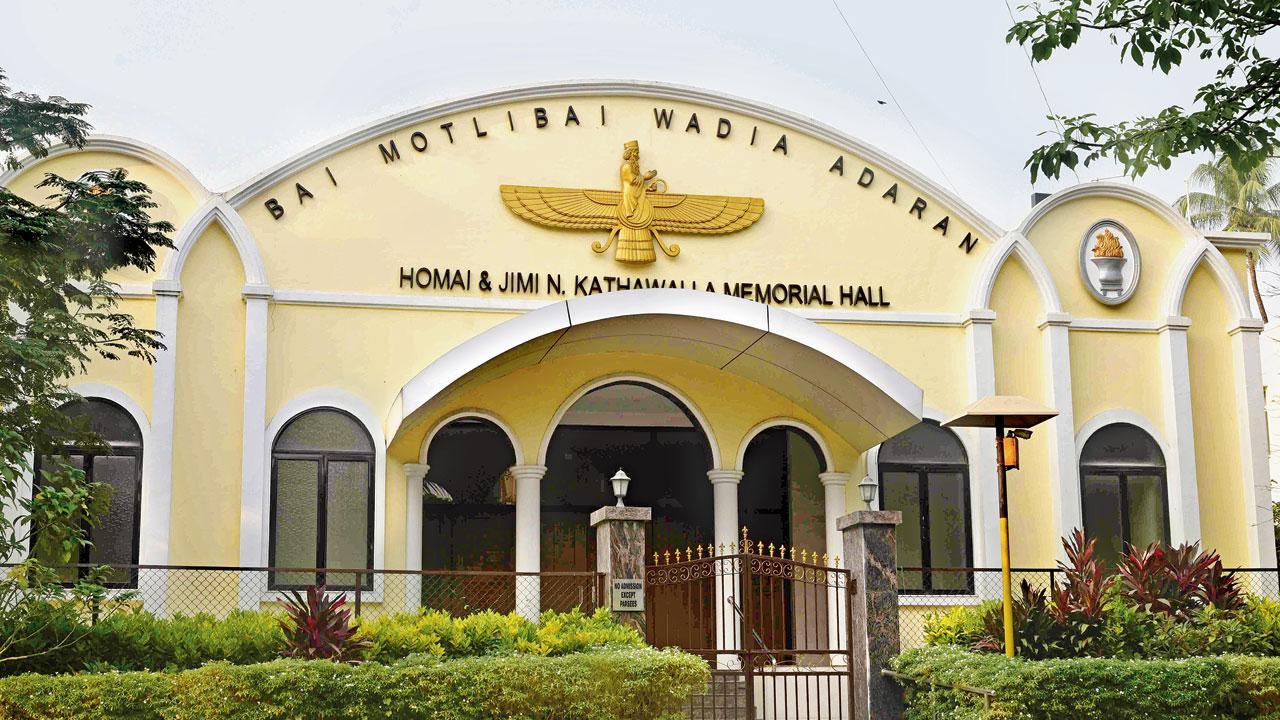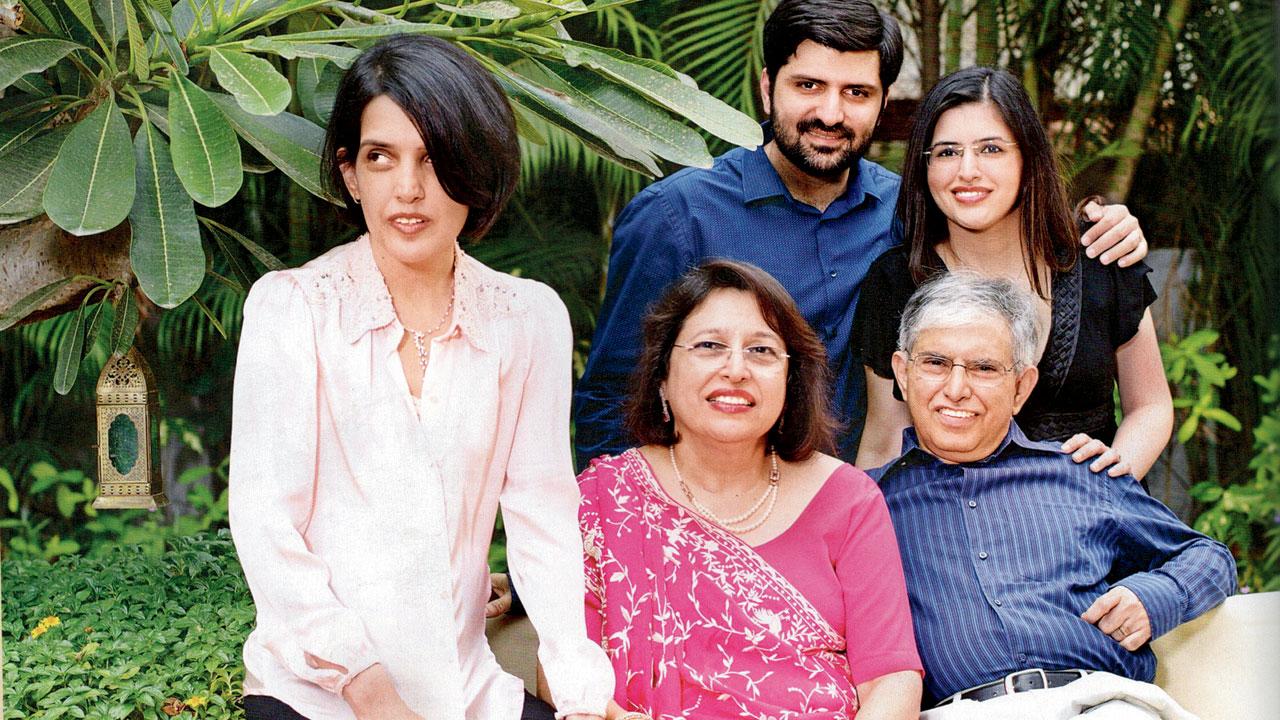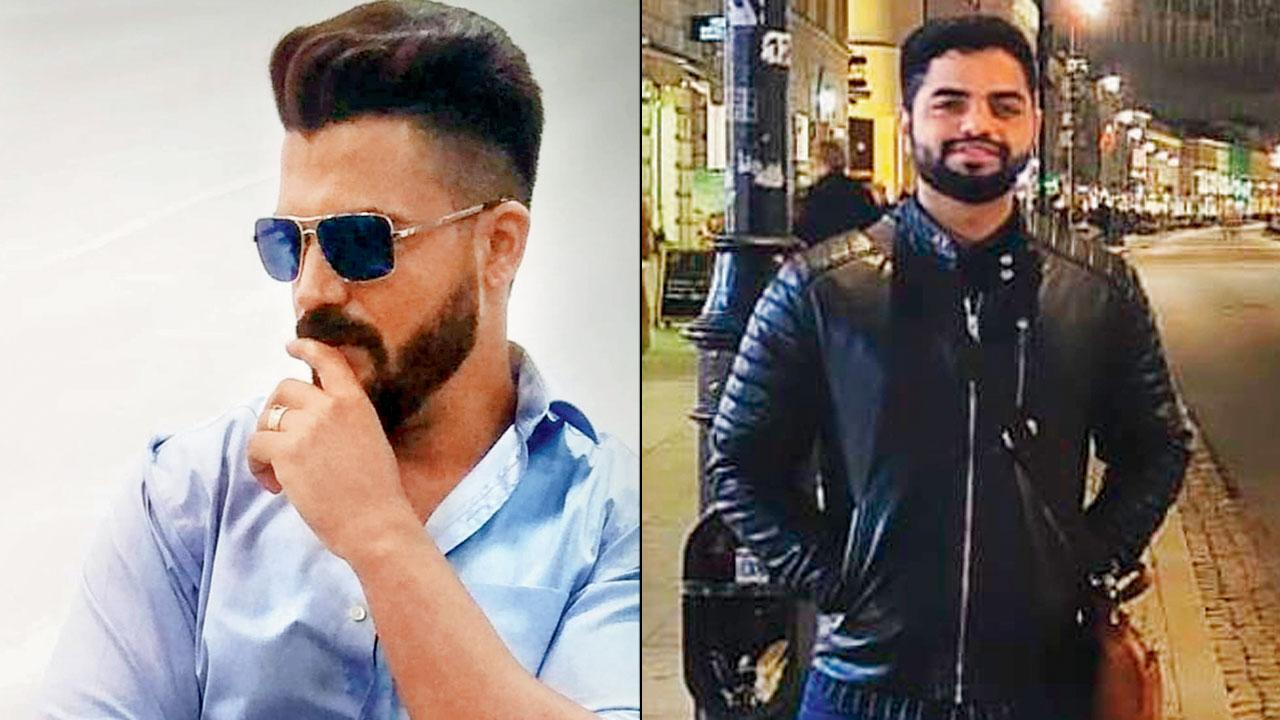Jogeshwari’s Malcolm Baug, like most Zoroastrian baugs in the city, is a world in itself. mid-day speaks to residents about their fondest memories of the century-old locality

The baug has a fire temple, gymkhana, football ground, and a pre-primary school inside its premises. Pic/Atul Kamble
The city has but a few pocket dioramas of greenery. Borivli’s Sanjay Gandhi National Park and the Maharashtra Nature Park in Sion come to mind. Aarey Milk Colony, which is slowly eroding inwards, is another. Add to these Jogeshwari’s Malcolm Baug that is both a miniature model of nature as well as a residential colony. We immediately notice the profusion of bright magenta bougainvillaea, blush-pink periwinkles, and golden trumpets that take over every hedge and spill over every garden border. The word baug comes from bagh that is common across languages such as Persian, Pashto, and Kurdish, and refers to the garden of paradise, bearing lush flowers and fruits. Apt.
ADVERTISEMENT

Sam Balsara’s family has lived in Malcolm Baug since the 1970s
“Malcolm Baug shows you what an idyllic life our forefathers lived and how they planned their housing,” says Sam Balsara, founder of Madison World. The 72-year-old has been living in the locality on and off, since he came back to Mumbai from Bangalore in the 1970s. His white apple blossom-fringed residence dates back over 96 years, and was built by his maternal grandfather at almost the same time the baug was constructed by the NM Wadia trust in 1922. “I used to come here every year for summer holidays,” he recalls. “For my relatives who lived in town, coming to our house in Malcolm Baug was like going on a picnic. It was considered a special day out that had to be planned in advance.”
Along with the settlements of other Zoroastrian communities across Mumbai, including the well-known Cusrow Baug, Rustom Baug, Godrej Baug, and Nowroze Baug, Malcolm Baug stands out as a largely bungalow-dominated arena. Now in its centenary, it remains a snapshot in time, fundamentally much the same as it ever was. It ambles over a kilometre of ground, and is said to be named after a British official of the same name; and there are quite a few Malcolms still in residence, Balsara says. When we inquire what has changed, Balsara says that in terms of quietness and peacefulness, the world inside has remained the same, even as developments whirl outside. The mango and coconut trees still spread their bountiful boughs, and bird calls still resound as clearly as ever.

Shavir Afshari and Homan Fouzdar
Its peaceful confines hold over 65 bungalows and an outcrop of buildings, with the only disadvantage being its distance from town. Otherwise, residents tell us, it is perfect with its own gymkhana, a hall for celebrations, and even a fire temple. Homan Fouzdar, an architect who’s lived here for 28 years, calls it indescribable. “It’s like a hill station…you don’t feel the need to go to places like Lonavala, because you get that vibe here.”
Also read: Mumbai: Expansion on the cards for ‘Happy Fleet’
He recalls the Parsi New Year celebrations as the highlight of his memories: “Every year, on the 26 of January, we have a game of housie in the community hall. It starts by singing the National anthem together and then people of all ages gather to play the game, which is still priced at Rs 10 to Rs 20 rupees per ticket.” Nearly everyone comes together with a potluck of Parsi specials—the much-loved dhansak, which every household makes, is mixed together and eaten by all. “I cherish this time because everyone takes the effort to make a meal and share it with the community, and it’s a pure voluntary contribution done out of love.”
Shavir Afshari muses how the baug is a small world in itself, with extended members of a family living close by and growing up together. The community sports association organises cricket, throwball, carrom, football, and volleyball. He points out the large ground in the centre of the baug, glowing green and gold in the 4 pm winter light. “Many people grow up here and stay their whole lives here. That’s the beauty of this place: once you come inside, it’s like you’re in another zone. That’s why people like to live here for generations.” “It’s like living in the middle of a big park,” Fouzdar smiles. “You actually enjoy living in Mumbai.”
 Subscribe today by clicking the link and stay updated with the latest news!" Click here!
Subscribe today by clicking the link and stay updated with the latest news!" Click here!







